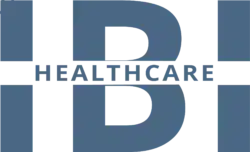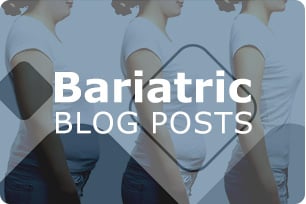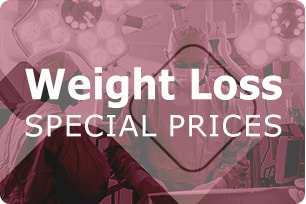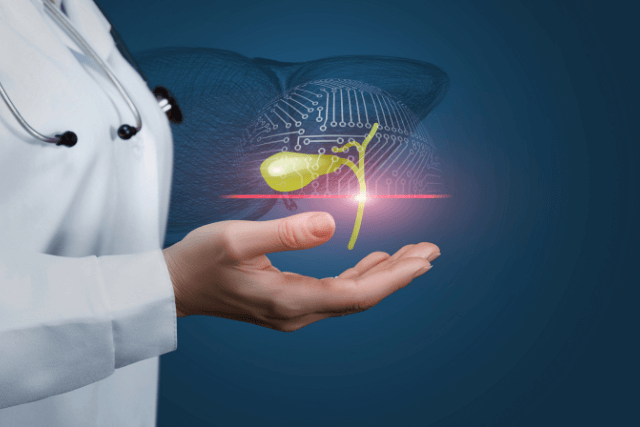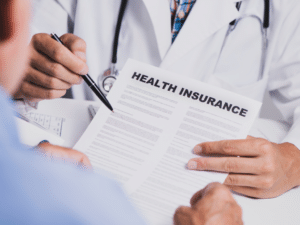The gallbladder is a small but essential organ that stores bile, a fluid that helps digest fats. When the gallbladder is not functioning properly, it can cause significant discomfort, digestive issues, and even serious complications. Many people are unaware of the warning signs that indicate the need for gallbladder removal, also called cholecystectomy.
By understanding these key signs, you can seek timely medical care, improve digestive health, and prevent complications. This article, supported by medical insights and the expertise of IBI Clinic, will guide you through everything you need to know about gallbladder removal.
1. Persistent Abdominal Pain
One of the earliest and most common signs that you may need gallbladder removal is persistent abdominal pain. Usually, this pain occurs in the upper right section of the abdomen. It often worsens after consuming fatty or greasy foods.
Moreover, the pain may radiate to the right shoulder or back, and episodes can last from a few minutes to several hours. Frequent, recurring abdominal pain should never be ignored. Consulting a healthcare professional promptly can help determine whether gallstones or inflammation are causing the pain.
2. Nausea and Vomiting After Meals
Alongside abdominal pain, nausea and vomiting are strong indicators of gallbladder problems. Individuals may notice that these symptoms are more severe after heavy meals.
In many cases, gallstones block bile flow, leading to digestive discomfort. Persistent nausea or vomiting can also lead to dehydration and reduced nutrient absorption, which impacts overall health. Therefore, if these symptoms occur regularly, a medical consultation is essential.
3. Jaundice – Yellowing of Skin and Eyes
Another warning sign is jaundice, which appears as yellowing of the skin and eyes. This symptom occurs when a gallstone blocks the bile duct, causing bile to accumulate in the liver.
If you notice jaundice, it is crucial to seek immediate medical attention. Untreated, this condition can cause severe liver damage and other complications. Doctors may recommend imaging tests, blood tests, and ultimately gallbladder removal to restore proper bile flow.
4. Fever and Chills Indicating Infection
Fever and chills often indicate a gallbladder infection known as cholecystitis. This usually happens when gallstones block bile flow, allowing bacteria to grow.
Prompt treatment is vital to prevent complications such as sepsis or liver damage. Gallbladder removal is often recommended for patients with severe or recurrent infections. By acting early, you can avoid more serious outcomes.
5. Digestive Issues Beyond Pain
Digestive issues such as bloating, gas, indigestion, and heartburn can signal gallbladder problems. Although these symptoms may appear mild at first, they can significantly affect quality of life if left untreated.
Patients often notice a pattern of discomfort after eating, especially fatty or fried foods. Keeping a food diary can help identify triggers and aid doctors in diagnosing gallbladder dysfunction. Early treatment may include dietary changes, medications, or surgical removal.
6. Unexplained Weight Loss
Unplanned weight loss could be a sign of a serious problem, such as gallstones blocking the bile duct or inflammation of the pancreas. This may cause poor nutrient absorption and ongoing digestion problems.
If weight loss comes with belly pain or stomach problems, you should see a doctor right away. At IBI Clinic, specialists can check your condition and suggest the best treatment for your needs.
7. Biliary Dyskinesia and Gallbladder Dysfunction
Biliary dyskinesia occurs when the gallbladder fails to empty bile efficiently. This can cause recurring pain and digestive symptoms similar to gallstones.
Diagnosis often involves imaging studies such as ultrasound or HIDA scans. If gallbladder function is severely impaired, gallbladder removal surgery is usually the recommended course of action. Early intervention can prevent complications such as chronic pancreatitis.
8. When to Seek Medical Attention
It is essential to recognize these symptoms early and seek medical evaluation. If you experience persistent pain, jaundice, fever, digestive issues, or unexplained weight loss, consult a healthcare professional without delay.
Early diagnosis allows for timely treatment and prevents more serious complications. Healthcare providers, including IBI Clinic specialists, can provide testing, advice, and surgical options when necessary.
9. Gallbladder Removal Surgery Options
Gallbladder removal, or cholecystectomy, can be performed using laparoscopic or open surgery. Laparoscopic surgery involves small incisions, reducing recovery time and minimizing scarring.
In contrast, open surgery may be required in complicated cases. Surgery is generally safe, and most patients recover fully within a few weeks. Doctors at IBI Clinic emphasize post-surgery care and dietary adjustments to ensure smooth recovery and long-term digestive health.
10. Recovery and Post-Surgery Tips
After gallbladder removal, most patients can resume normal activities in two to six weeks. However, dietary modifications are often necessary to aid digestion.
Eating smaller, low-fat meals and avoiding fried foods can prevent discomfort. Additionally, staying hydrated and gradually increasing physical activity supports overall healing. These practices contribute to Enhancing Your Natural Beauty by promoting overall health and well-being.
11. Lifestyle Tips for Preventing Gallbladder Issues
Even after surgery, maintaining a healthy lifestyle can reduce digestive problems. Regular exercise, a balanced diet, and maintaining a healthy weight are key.
Avoiding excessive fatty foods and staying hydrated helps prevent complications. These habits support not only digestive health but also Enhancing Your Natural Beauty by improving energy levels and overall wellness.
12. Enhancing Your Natural Beauty Through Digestive Health
A healthy digestive system contributes directly to overall appearance. When your gallbladder functions properly, you absorb nutrients efficiently, which supports skin, hair, and energy.
By addressing gallbladder issues early, you not only prevent pain but also support long-term wellness. This aligns with the philosophy of Enhancing Your Natural Beauty, ensuring that internal health reflects externally.
Conclusion
Knowing the main signs that you might need gallbladder removal is very important for keeping your digestion and overall health in good shape. Ongoing belly pain, nausea, yellowing of the skin or eyes, fever, upset stomach, sudden weight loss, and gallbladder problems are warning signs you should not ignore.
Seeing a doctor, like the specialists at IBI Clinic, helps make sure you get the right tests, treatment, and care. Acting early can stop serious problems and support Enhancing Your Natural Beauty by keeping your body healthy from the inside out.



